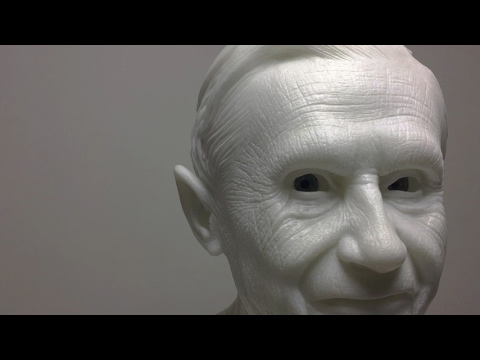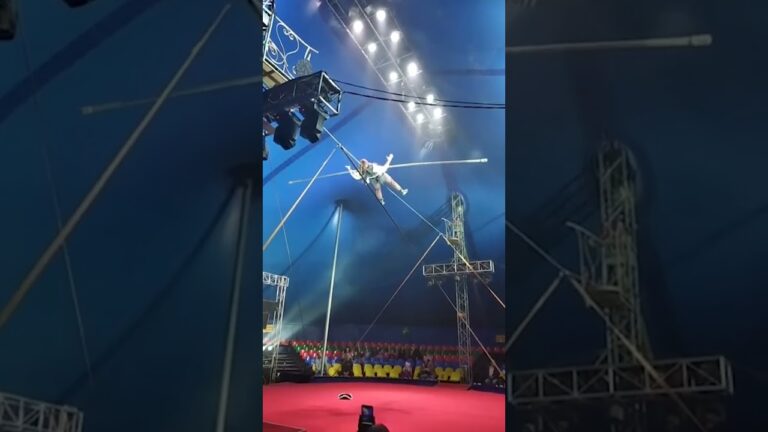Sculptor Job: Description and Salary

Sculptor Job Description Template
Sculptor Job Description A sculptor is an artist who specializes in creating three-dimensional artworks by shaping and carving materials such as stone, wood, metal, or clay. They use various tools and techniques to transform these raw materials into unique and expressive sculptures. The main responsibility of a sculptor is to bring their artistic vision to life by creating sculptures that convey a specific message, evoke emotions, or simply highlight the beauty of the human form or nature. They often work closely with clients or art directors to understand their requirements and incorporate their ideas into their work. To excel in this field, sculptors must possess a strong sense of creativity and imagination. They need to have a deep understanding of anatomy, proportions, and textures to accurately represent their subjects. Additionally, they should be skilled in using tools such as chisels, hammers, and saws to shape the materials and bring out intricate details. Attention to detail is crucial for sculptors as they need to meticulously refine their sculptures to achieve the desired effect. They may also need to experiment with different materials and techniques to explore their artistic capabilities and push the boundaries of their craft. In addition to creating sculptures, sculptors may also be responsible for maintaining their artwork, repairing damages, and preparing sculptures for exhibitions or installations. They may work independently as freelance artists or be employed by art studios, galleries, or museums. Overall, being a sculptor requires passion, patience, and a deep appreciation for art. It is a career that allows individuals to express their creativity and leave a lasting impact on the world through their sculptural creations.Sculptor Responsibilities
Sculptor Requirements
How Much Does A Sculptor Make?
Sculptor Salary
| Country | Average Salary (Per Year) |
|---|---|
| United States | $50,000 |
| United Kingdom | £30,000 |
| Canada | C$40,000 |
| Australia | A$55,000 |
| Germany | €35,000 |
A sculptor’s salary can vary depending on factors such as experience, location, and demand for their work. In the United States, the average annual salary for a sculptor is around $50,000. In the United Kingdom, it is approximately £30,000, while in Canada, it is about C$40,000. Australia offers an average salary of A$55,000, and in Germany, it is around €35,000. These figures serve as a general guideline, and individual salaries may differ based on various circumstances.
Sculptor Salaries by Country
Top Paying Countries for Sculptor
| Country | Average Salary (USD) |
|---|---|
| Switzerland | 75,000 |
| United States | 65,000 |
| United Kingdom | 55,000 |
| Australia | 50,000 |
| Germany | 45,000 |
Sculptors in Switzerland earn the highest average salary of $75,000, making it the top paying country for this profession. This is followed by the United States with an average salary of $65,000 and the United Kingdom with $55,000. Australia and Germany also offer relatively high salaries for sculptors, with average earnings of $50,000 and $45,000 respectively. It is important to note that these figures may vary depending on factors such as experience, skill level, and demand for sculptures in each country.
A video on the topic Sculptor
Video Source : Fanpage.itInterview Questions for Sculptor
1. What is your background and experience as a sculptor?
I have been sculpting for over 20 years. I studied fine arts with a specialization in sculpture at [Name of University]. Since then, I have participated in numerous exhibitions and have been commissioned for various public and private sculptures.
2. What materials do you prefer to work with when creating sculptures?
I enjoy working with a variety of materials, but my preferred mediums are bronze, marble, and wood. Each material offers unique challenges and possibilities, and I love exploring the different textures and effects that can be achieved with each one.
3. How do you find inspiration for your sculptures?
Inspiration can come from many sources. I often find inspiration in nature, human emotions, and historical events. I also draw inspiration from other artists and sculptors who have made significant contributions to the field.
4. Can you describe your creative process when starting a new sculpture?
When starting a new sculpture, I usually begin with sketches and small-scale models to visualize my ideas. Once I have a clear concept, I move on to the actual sculpting process, which involves shaping and refining the material using various tools and techniques.
5. How do you handle challenges or setbacks during the sculpting process?
Challenges and setbacks are an inevitable part of the creative process. When faced with difficulties, I take a step back, analyze the problem, and explore different solutions. Sometimes, I may need to modify my initial design or seek advice from other artists to overcome the challenges.
6. What is the most memorable sculpture you have created, and why?
One of the most memorable sculptures I have created is a public artwork commissioned for a city park. It was a collaborative project that involved incorporating elements from the local community’s history and culture. The process of bringing the sculpture to life and witnessing the positive impact it had on the community was truly rewarding.
7. How do you ensure that your sculptures reflect your intended message or concept?
Prior to starting a sculpture, I spend time researching and developing a clear concept or message. I then constantly refer back to this concept throughout the creative process to ensure that my work aligns with my initial vision. I also seek feedback from trusted individuals to gain different perspectives on the artwork’s interpretation.
8. Can you describe a particularly challenging sculpture you have worked on?
One particularly challenging sculpture I worked on was a large-scale installation that required intricate detailing and structural considerations. It involved balancing the weight and stability of the sculpture while maintaining the desired aesthetic. It was a complex project that required careful planning, collaboration with engineers, and meticulous execution.
9. How do you stay updated on current trends and techniques in sculpture?
I believe in continuous learning and staying updated on the latest trends and techniques in sculpture. I attend art exhibitions, workshops, and conferences to connect with other artists and keep up with the evolving art scene. I also regularly engage with online art communities and publications to gain insights into new approaches and materials.
10. What advice would you give to aspiring sculptors?
My advice to aspiring sculptors is to stay true to your artistic vision and never stop exploring. Experiment with different materials, techniques, and styles to find your unique voice. Embrace challenges and setbacks as opportunities for growth, and always seek inspiration from various sources. Lastly, never underestimate the importance of perseverance and dedication in pursuing a career in sculpture.






